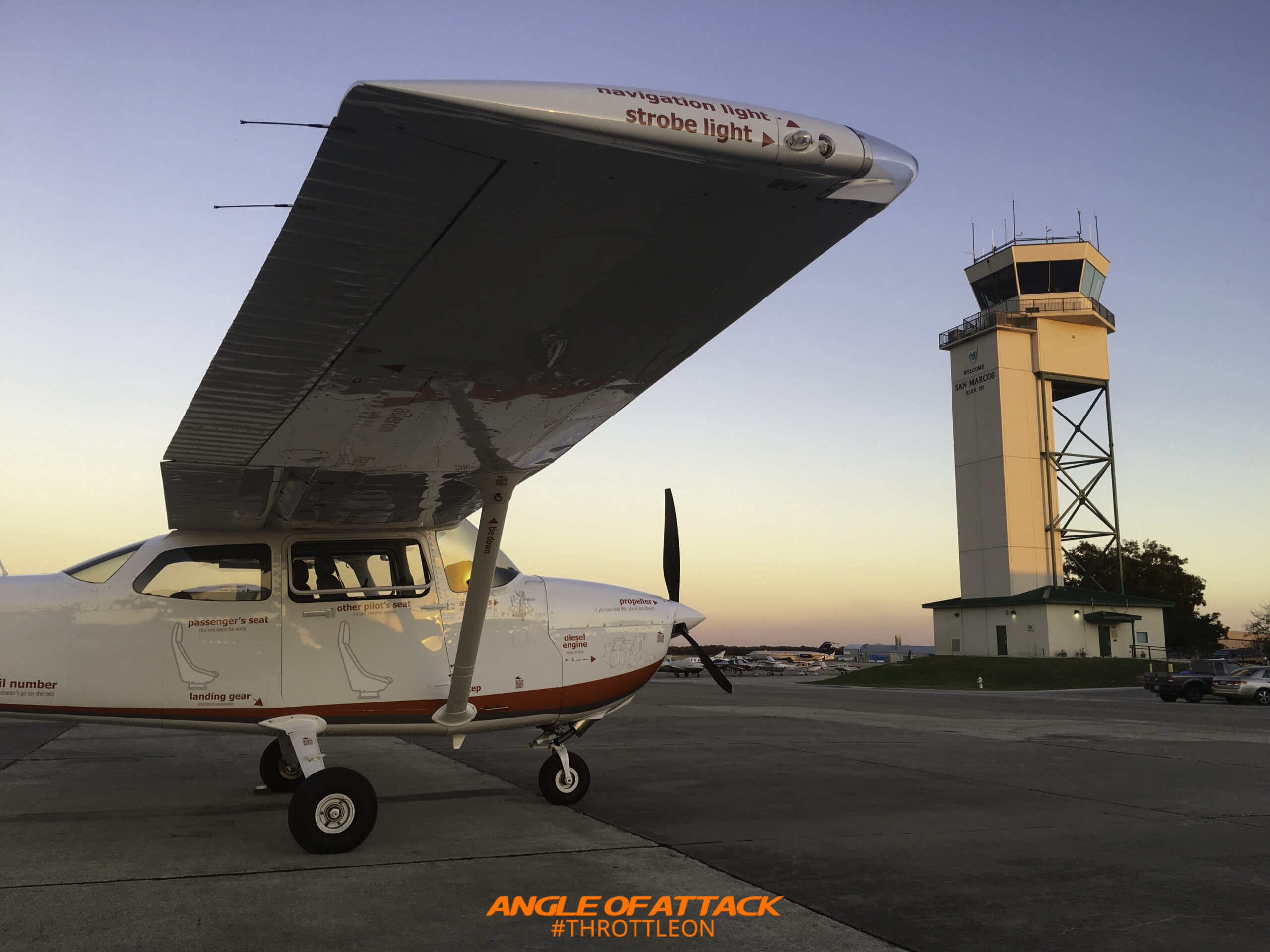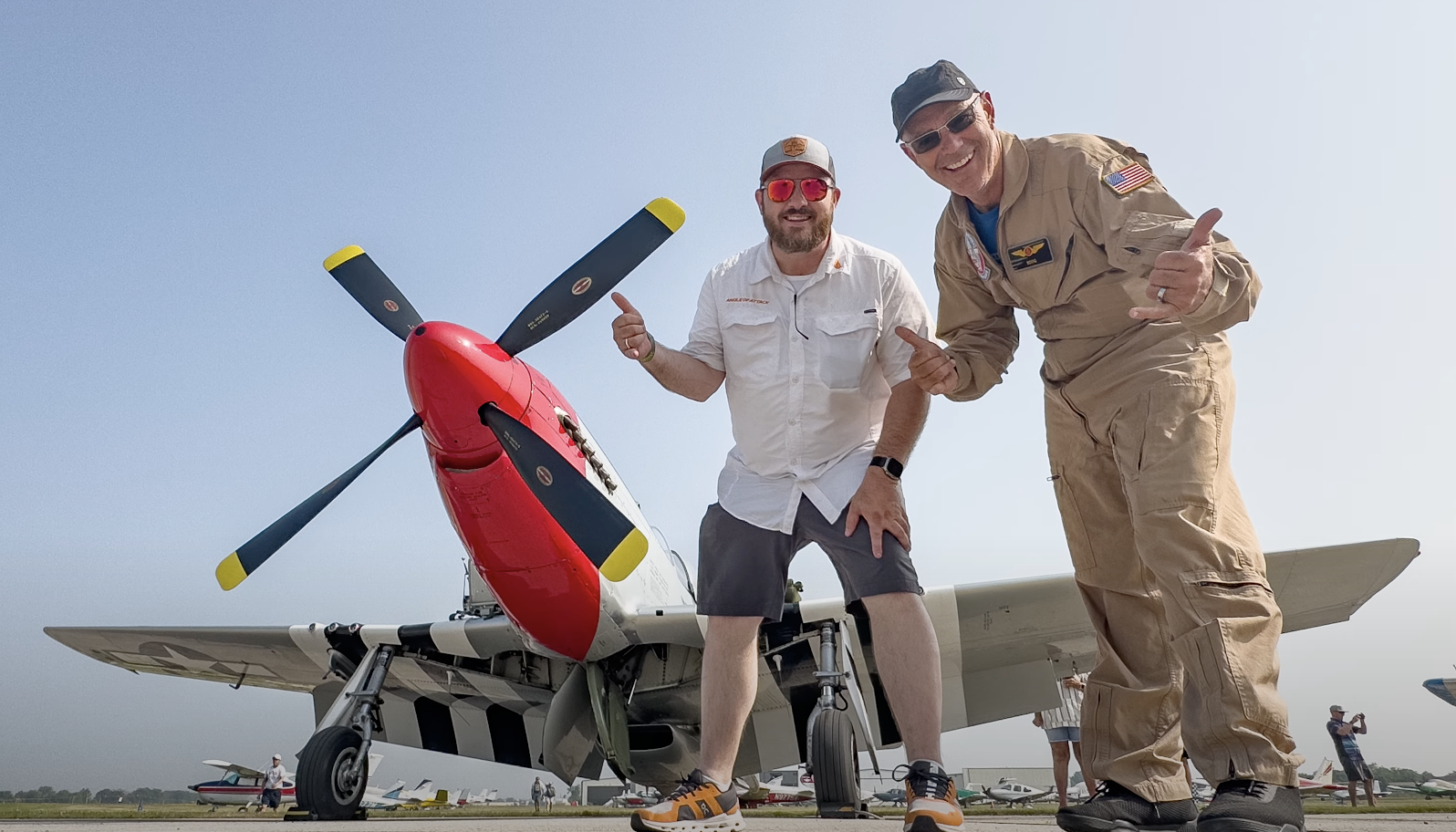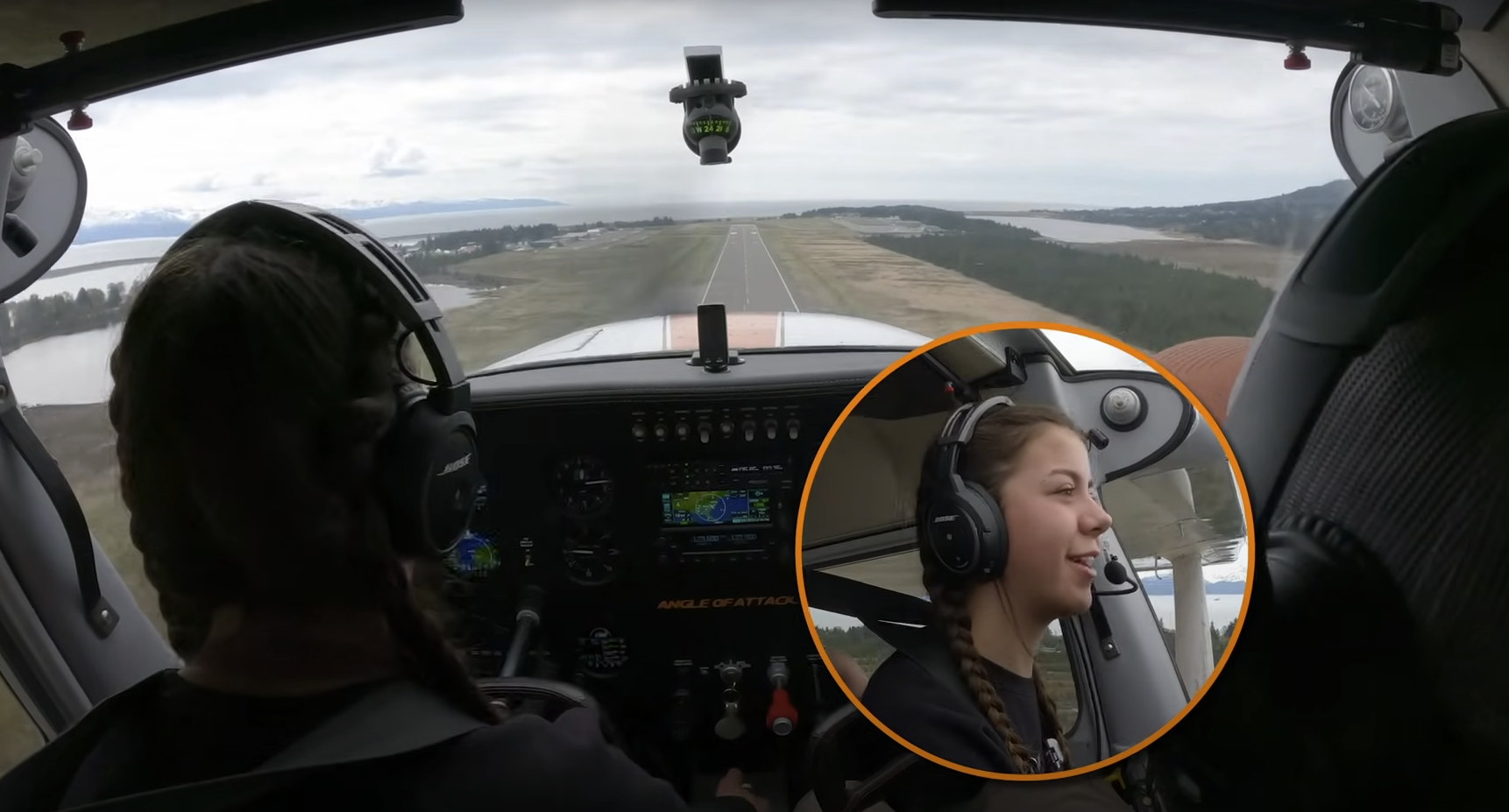
You’ve been away from flying for a while, and now it’s time to get back in the cockpit. What do you do? Join me, Chris Palmer, a CFI in Alaska, as I take you through a flight with 8 steps to get you back to flying, and back to pilot proficiency. More Info Below.
Don’t forget to like, SUBSCRIBE and turn on notifications.
Here are the steps (clickable):
1 | Do a Quality Preflight 0:57
2 | Stick & Rudder — 11:06
3 | Eyes Out for Traffic — 15:23
4 | Steep Turns & “Pressure” — 18:00
5 | Slow Flight & “No Hands” — 21:22
6 | Approach/Landing (Power OFF) Stall — 25:50
7 | Takeoff/Departure (Power ON) Stall — 27:40
8 | Landings — Normal-Spot-Power Off 180º — 31:40
Do a Quality Preflight
It’s all too common for a pilot to forget to check the airplane, or get rusty with the entire preflight procedure. I would say it’s probably less common for them to forget, but very common to fumble through it. Be thorough during this process of checking the aircraft — it may have been sitting a while, and who knows what could have happened. Plus, you need to have as much confidence as you can if the flying ability for the machine.
Stick & Rudder
You’ve heard the term before, but it’s so central to how to fly an airplane. Really, it’s at the core and foundation of everything we do while flying. Throughout the entire video I talk about what we’re doing with the rudder, pressure on the yoke, how to trim off that pressure, what’s moving here, and how to move there. If you can can visualize and work through in your head how to efficiently fly the plane through the air, you’ll be a great pilot.
Eyes Out for Traffic
Everyone else is going to be excited to get back to flying, just like you. That’s why you really need to be on the lookout for other aircraft and be extra careful with collision avoidance. Just recently there was a 172 that BARELY missed another aircraft. Like, scary, scary close. The sooner you see, the sooner you can avoid hitting another airplane. Do your clearing turns and continue to keep your eyes outside.
Steep Turns & “Pressure”
Pilots really shouldn’t be ‘under pressure’. But hey, sometimes we are. When it comes to controlling the airplane and doing different maneuvers, pressure is something to pay a LOT of attention to. Work through the guidance outlined here, and keep in mind that the pressure you feel on the yoke, control wheel or stick is typically unhealthy, and should be avoided, especially in the pattern. It’s usually an indication you’re doing something that could put you at risk of an accident or loss of control. Not always, but a lot of the time.
Slow Flight & “No Hands”
We continue the thought of getting rid of pressure on the flight controls and do some slow flight with the airplane. We slow the airspeed way down, get near stall, and show that the airplane can be controlled with rudder only, if done correctly and methodically. This exercise can further the muscle memory in your feet.
Approach/Landing (Power OFF) Stall
While we’re working with slow flight, it makes sense to start working on stalls. This is what could go wrong if you ignore everything I said about pressure, and get distracted, and get the airplane to a wing stall, or where you reach the critical angle of attack. This temporary loss of lift at a safe altitude is no big deal, but we’d never want to face that while close to the ground, because our ability to control the aircraft becomes more critical. It could even lead to a loss of control. So, we go through how to do a power off stall, how to recover, and what to look out for.
Takeoff/Departure (Power ON) Stall
Now we flip the script and work on a takeoff or departure stall. Because we want to be climbing out on departure, we’re going to have as much power as possible to do so, which means this stall will act much different. Namely, when we get close to that stalls state, our angle of attack will seem much higher, because we’ll need to get into an aggressive climb. But more importantly, we have the power of the engine and resultant left turning tendencies with the propellor trying to pull us left. If we don’t plan for that, and keep the aircraft coordinated, it could lead to a spin. So, while there’s more that can go wrong here, it’s still something that’s plenty safe at altitude.
Landings — Normal-Spot-Power Off 180º
Now for everyone’s favorite part, the landings. We’ll go through an increased progression of skill, starting with a simple normal landing, then to a spot landing, and finishing with a power-off 180 which simulates an engine out, and landing on a target. Throughout these landings you’ll be able to build up your skill to each new level, challenge yourself, and eventually be able to land very precisely. All of the skills that had been worked on up until this point are critical to the safe operation in the pattern, and I’ll correlate where I can.
You can find more training content at https://ift.tt/2WS1tfg
#flying #aviation #pilot
via https://youtu.be/RDSfIL1nVfQ
Chief Flight Instructor and President of Angle of Attack. Founded in 2006.

Stay Connected
Be the very first to get notified when we publish new flying videos, free lessons, and special offers on our courses.





